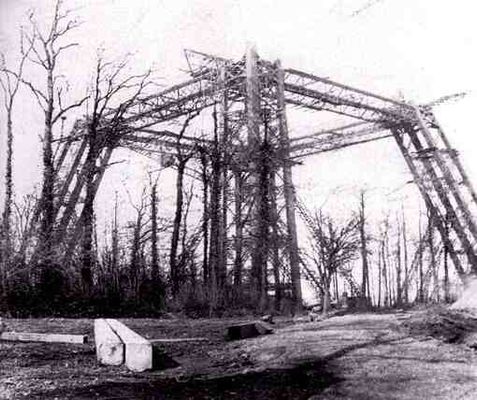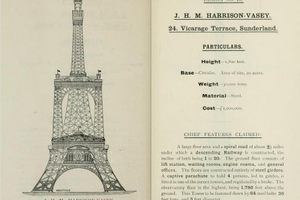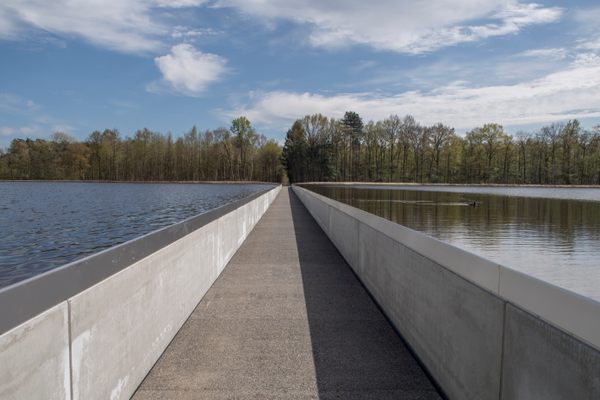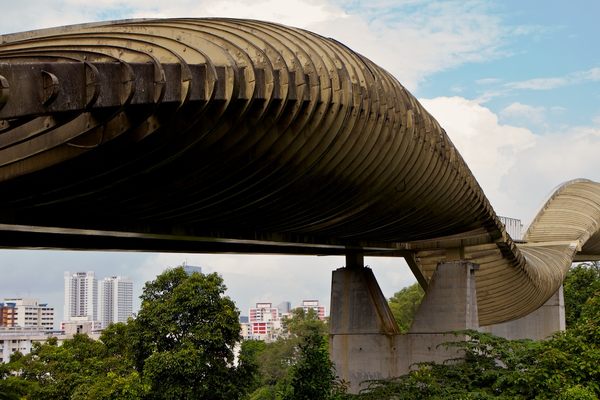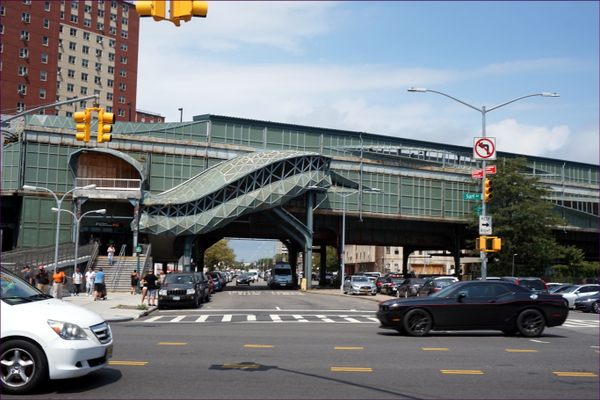About
On the outskirts of London in 1893, a remarkable monument was under construction. Near Wembley, a gigantic tower was rising, championed by one of the country’s richest men, and set to rise higher than the Eiffel Tower. Workmen were digging out gigantic foundations, and carrying away cart after cart of earth.
Sir Edward Watkin, one of Victorian Britain’s most colorful rail tycoons, wanted more passengers for his new Metropolitan railway line, which led to Wembley. He also wanted to put the Parisians in the shade. His idea for a gigantic tower offered a chance to do both, and plans were swiftly drawn up. "In another eighteen months," Freeman’s Journal wrote in 1892, "London will rejoice in a New Tower of Babel, piercing the skies some 150 feet higher than the renowned Eiffel Tower of Paris. Not only will the Watkin Tower look down 150 feet on the Eiffel Tower, but it will be capable of taking up three times as many passengers at a time."
Soon, though London’s Babel began to run into trouble. Funds dried up, construction costs increased, and after work ceased with only the first level complete, malicious nicknames began to cluster around the project. "The London Stump," said some and, "Watkin’s Folly," said others. The squat remains of the Watkin Tower sat rusting in Wembley Park until 1907, when dynamite put an end to the legs with little ceremony. Today, the tower’s traces are buried in the foundations of Wembley Stadium, with little to mark what was to have been one of the greatest buildings of the Victorian age.
Related Tags
Know Before You Go
Little is left to mark the site of the Tower - its foundations are now covered by Wembley Stadium.
Community Contributors
Added By
Published
January 13, 2013
